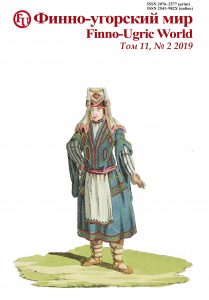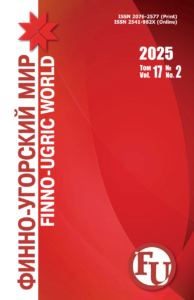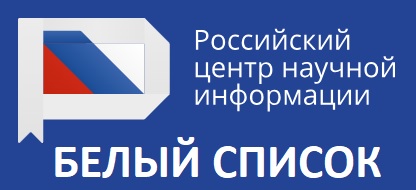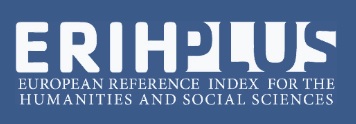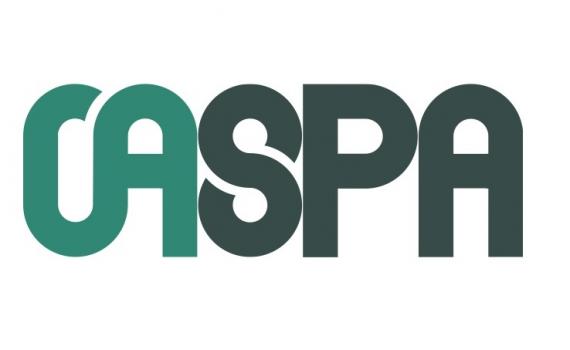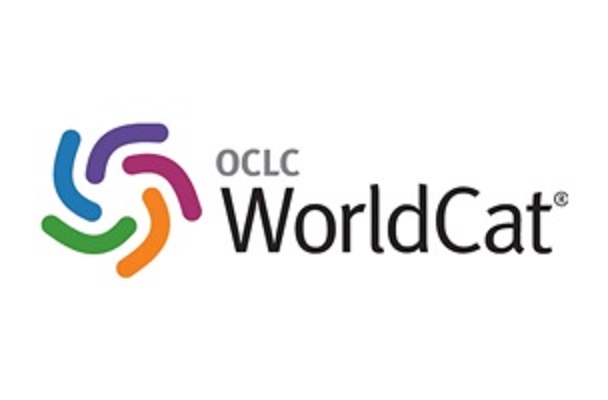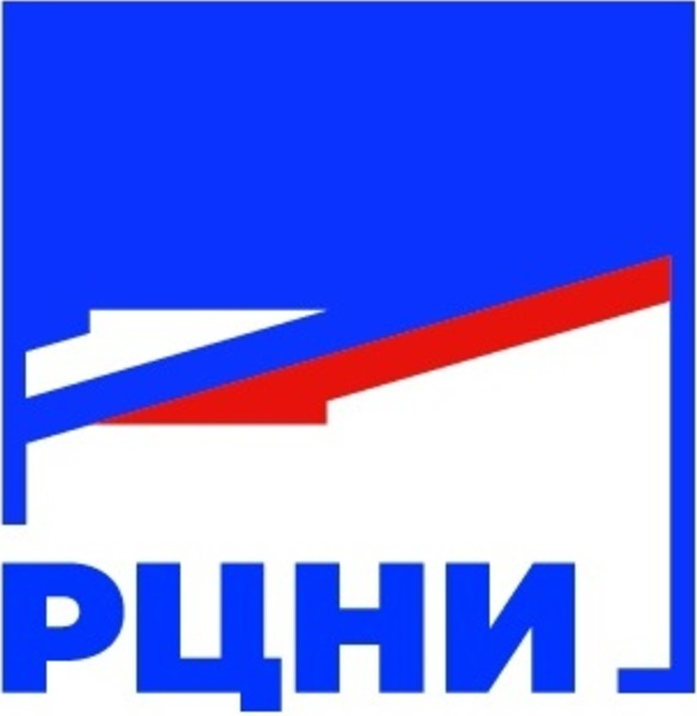DOI: 10.15507/2076-2577.011.2019.02.152-167
Ethno-linguistic and ethno-demographic development of Finno-ugric nations in the Ural-Volga region
Fail G. Safin,
Doctor Sc. {History}, Professor, Leading Research Fellow, Department of Ethnopolitology, R. G. Kuzeev Institute of Ethnological Studies,
Ufa Federal Research Center of Russian Academy of Science
(Ufa, Russia), failsafin@mail.ru
Elvira A. Mukhtasarova,
Candidate Sc. {History}, Associate Professor,
Head of the Department of Humanitarian, Social and Economic Sciences,
Ufa State Petroleum Technological University (Oktyabrsky Branch)
(Oktyabrsky, Russia), mux.elvira@yandex.ru
Aigul I. Khaliullina,
Candidate Sc. {History}, Senior Research Fellow, Department of Ethnopolitology,
R. G. Kuzeev Institute of Ethnological Studies,
Ufa Federal research center of Russian Academy of Science
(Ufa, Russia), aygul_kamila@mail.ru
Introduction. In the light of the revival and development of national languages and cultures of the peoples of the Russian Federation, this article tries to reveal the ethno-demographic and ethno-linguistic development of the Finno-Ugric peoples-Mari, Mordovians, Udmurts in the Ural-Volga region. Along with the national republics, the problems of ethno-demographic and ethno-linguistic development of the Finno-Ugric peoples are important for other entities, including those with their own national-territorial entities (Komi, Permian Komi, Khanty and Mansi) and located in northern part of the country and Western Siberia.
Materials and Methods. The basis of the article is materials is all-Soviet Union census of 1979 and 1989, and all-Russian censuses of 2002 and 2010, as well as statistical materials issued by the State Statistics Committee of the Russian Federation in different years. The study was carried out on the basis of comparative historical, statistical and systematic approaches, which made it possible to uncover the dynamics of the ethno-demographic development of Finno-Ugric peoples in the context of recognition and preservation of the native languages.
Results and Discussion. In the Russian Federation, according to the All-Soviet Union Census of 1979, of the Finno-Ugric peoples, with a population of more than 1 million people, only the Mordovian population was noted. The Udmurts took the second place with 685.7 thousand people, then the Mari with 599 thousand people, the Komi with more than 320 thousand people, the Permian Komi with 145.9 thousand people. The number of the Khanty exceeded a little more than 20 thousand and Mansi 7.4 thousand people. Among the Finno-Ugric peoples, recognition of the native language of their nationality remained high.
Conclusion. From 1979 to 2010, the number of Finno-Ugric peoples in almost all subjects of the Russian Federation tended to decrease. The highest percentage of the native language was noted among Mari, Permian Komi, Udmurts, as well as Komi and Mordovians. In Mansi, half of the representatives of this ethnic group considered Russian as their native language.
Key words: Finno-Ugric population; ethno-demography; ethnolinguistic identity; Komi; Komi-Permian; Mansi; Mari; Mordovians; Udmurts; Hansi; native language.
For citation: Safin FG, Mukhtasarova EA, Khaliullina AI. Ethno-linguistic and ethno-demographic development of Finno-ugric nations in the Ural-Volga region. Finno-ugorskii mir = Finno-Ugric World. 2019; 2: 32–47. (In Russian)

